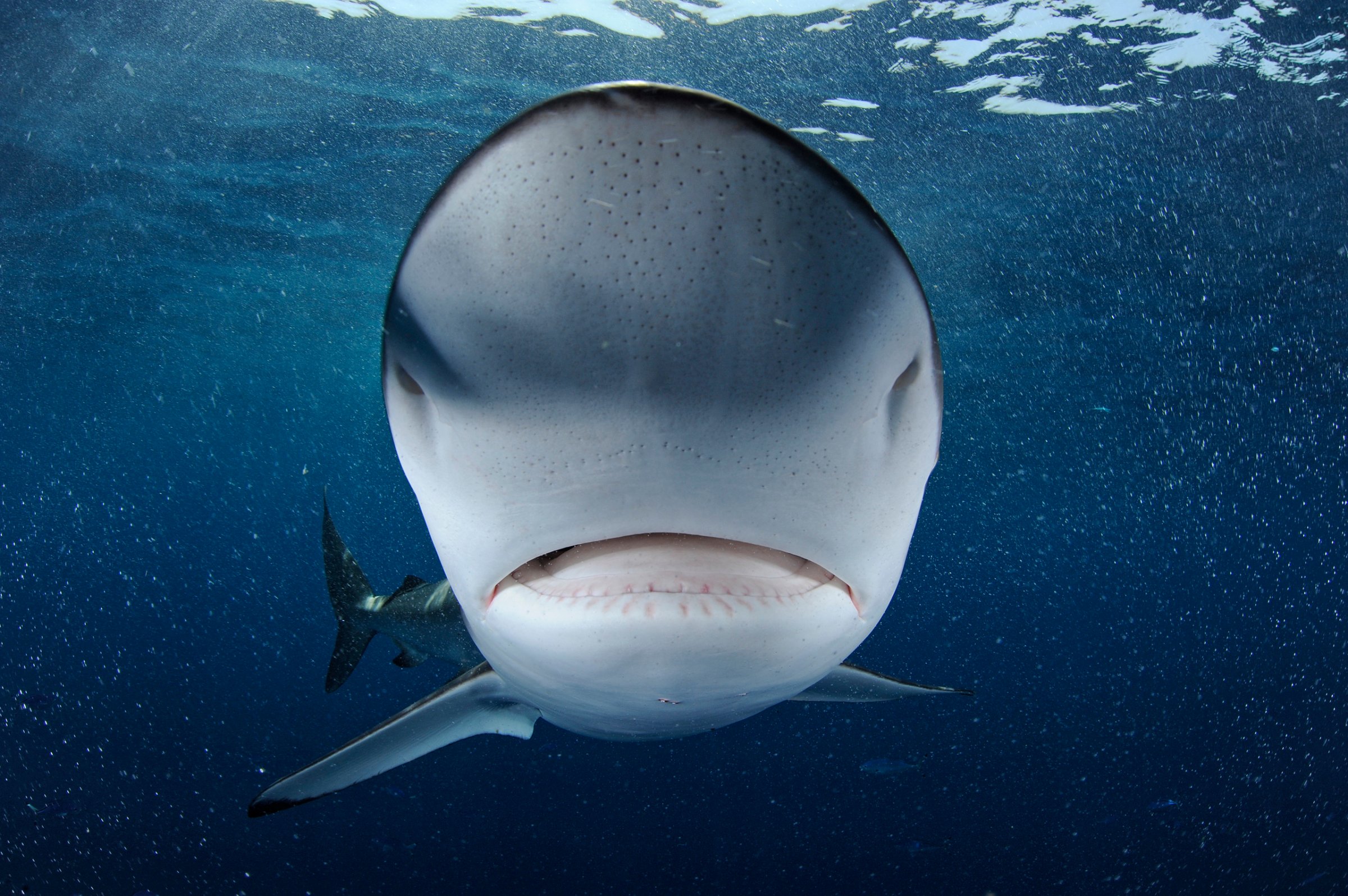
Steven Spielberg’s iconic summer blockbuster, Jaws, first released 40 years ago, is still haunting bathers and surfers today. Depicting a great white shark that attacks vacationers in Amity, in New England, the movie has undoubtedly contributed to the misconception of the powerful animal as an unpredictable, bloodthirsty monster.
It has also fueled the fascination of generations of underwater photographers to capture the majestic yet terrifying fish on camera.
“The photographs and films that I remember most vividly from my childhood were those featuring sharks. The ocean, especially its large predators, was a persistent force that lured me along my life’s path,” says Thomas Peschak, an assignment photojournalist for National Geographic with a background as a marine biologist.
“My first real in-depth photo-reportage was about great whites, the most reviled and misunderstood shark of them all,” he tells TIME. “Rather than adding to the growing stock of menacing, toothy white shark photographs, I was driven to capture the gentler side and prehistoric perfection of this animal,” adds Peschak, who also serves as the director of conservation at Save our Seas Foundation.
As the misconception around sharks seems largely diffuse, professional photographers acquainted with the animal have tried to explore the “darker side” of the relationship between the animal and human beings, highlighting that sharks are not always the predators, but often the prey: fin trade, fishing tournaments and anti-shark nets, as documented in Peschak’s work.
Still the stakes can be high – just ask Hawaii-based surfer and shark attack survivor Mike Coots. Despite the tragic accident that left him mutilated of his right leg below the knee, Coots remains a passionate surfer and returned to his surfboard in a matter of weeks. “It felt incredible the first time back in the water after the shark attack,” he says.
And despite his gruesome encounter, Coots has become a vocal activist for preserving the endangered fish. “The more I read and learned about sharks and their value in our ecosystems, [the more] I felt compelled to help,” he says. “I am in a unique position as a shark attack survivor, and proud to leverage that to help do a little part in creating awareness of these amazing creatures.”
And while shark photography can be lucrative for professionals – “In my business, sharks are box office,” says Jeff Rotman, an underwater photographer for 40 years whose work has been featured in major publications – beginners should remain extremely cautious. “Take it slow. First become an excellent diver and never put yourself in a dangerous situation knowingly,” Rotman suggests. “Spend a lot of time with smaller, more docile sharks,” adds Coots. “Learn the biology and ethology of these animals.”
Framing and adjusting camera settings should also become second nature, says Peschak. “When you are diving with sharks, your mind needs to be 100% focused on the sharks and reading their behavior. You don’t really have the luxury of thinking too long about what f-stop to choose!”
Thomas Peschak is an assignment photographer at National Geographic, director of conservation at the Save our Seas Foundation, and a senior fellow at International League of Conservation Photographers. Follow him on Instagram at @thomaspeschak.
Jeff Rotman is a renowned underwater photographer, whose work has been featured on television, books and magazines worldwide.
Mike Coots is a surfer and a photographer. Follow him on Instagram at @mikecoots
Lucia De Stefani and Ye Ming are writers and contributors to TIME LightBox.
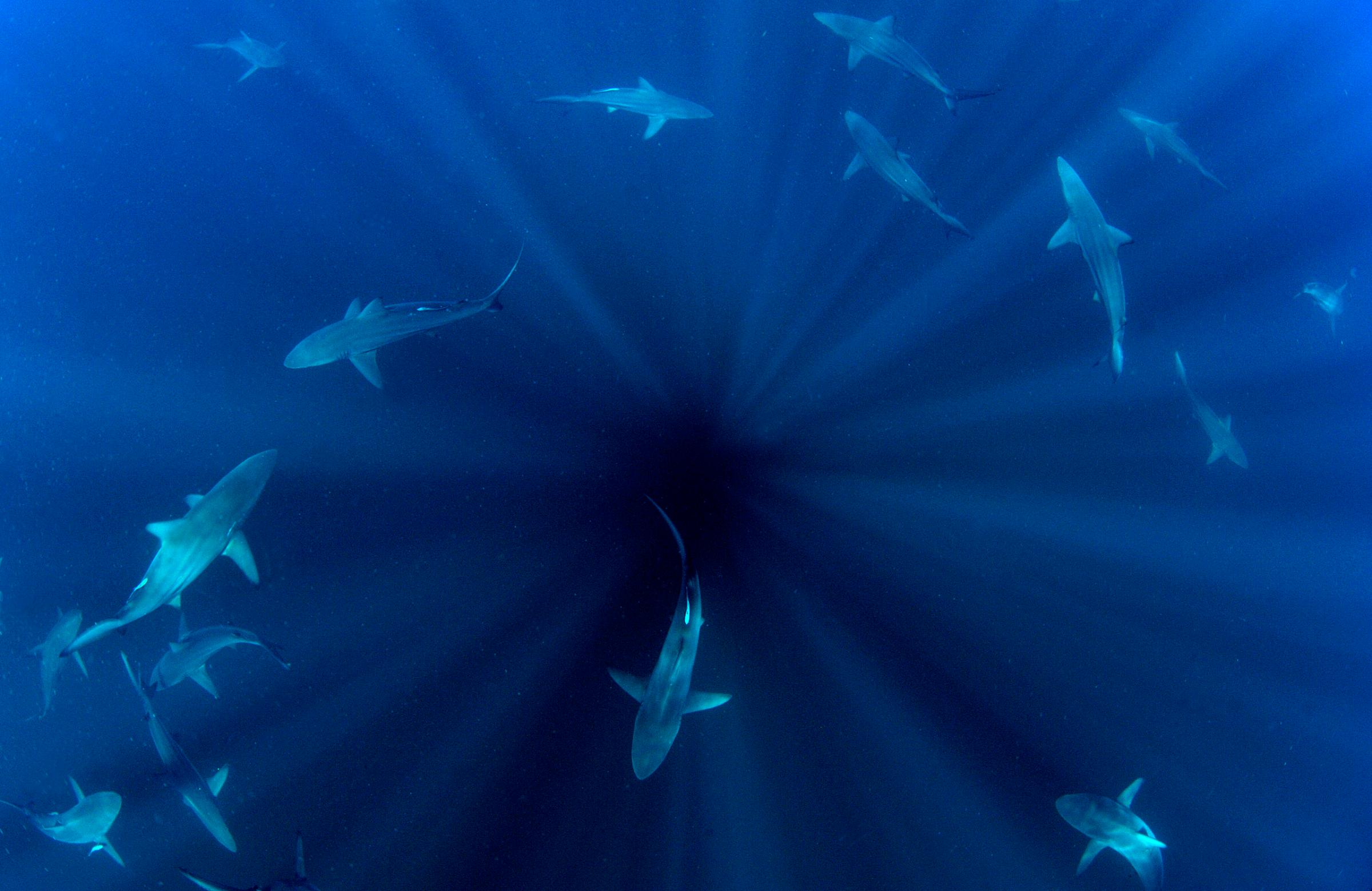
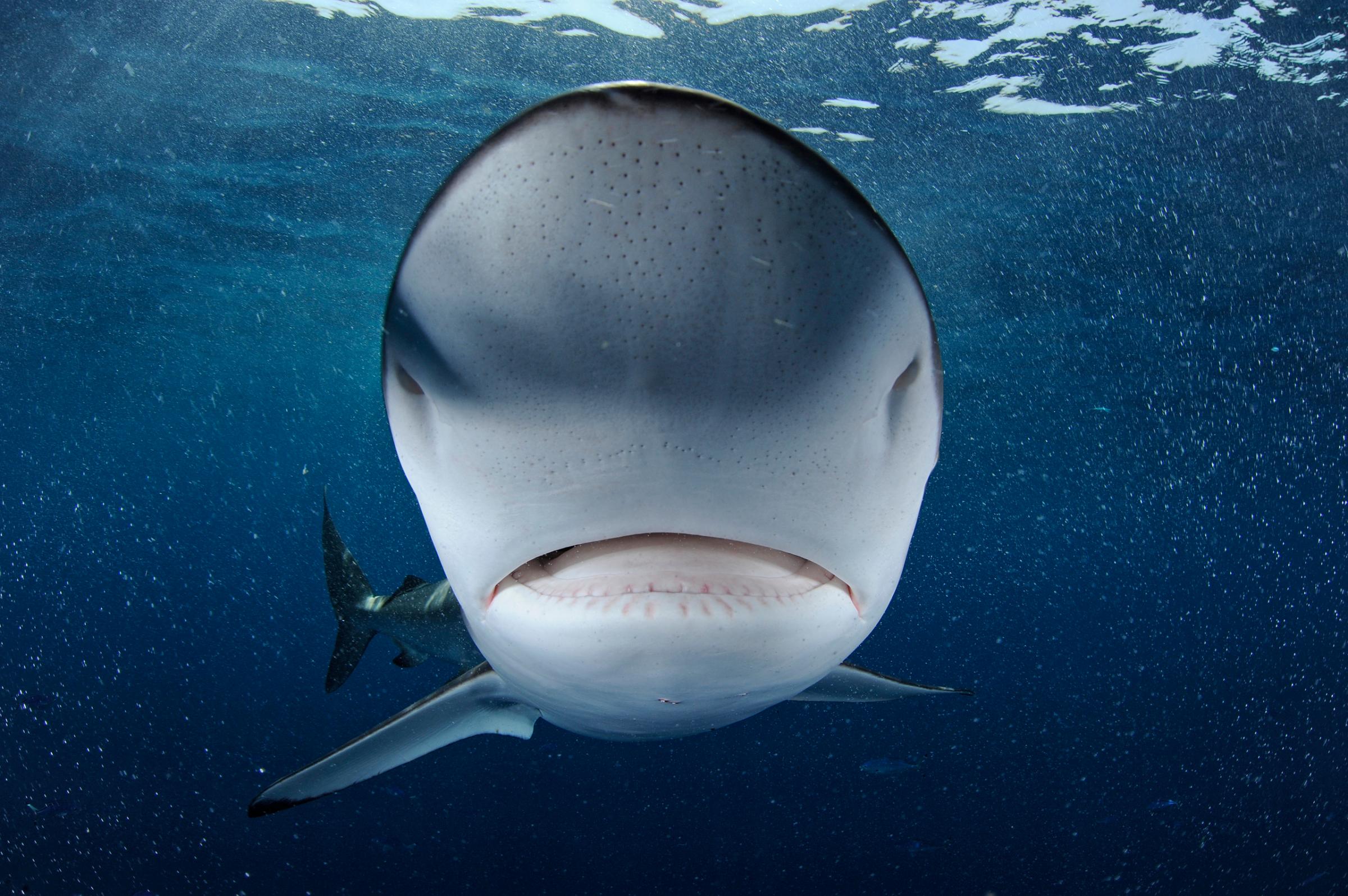
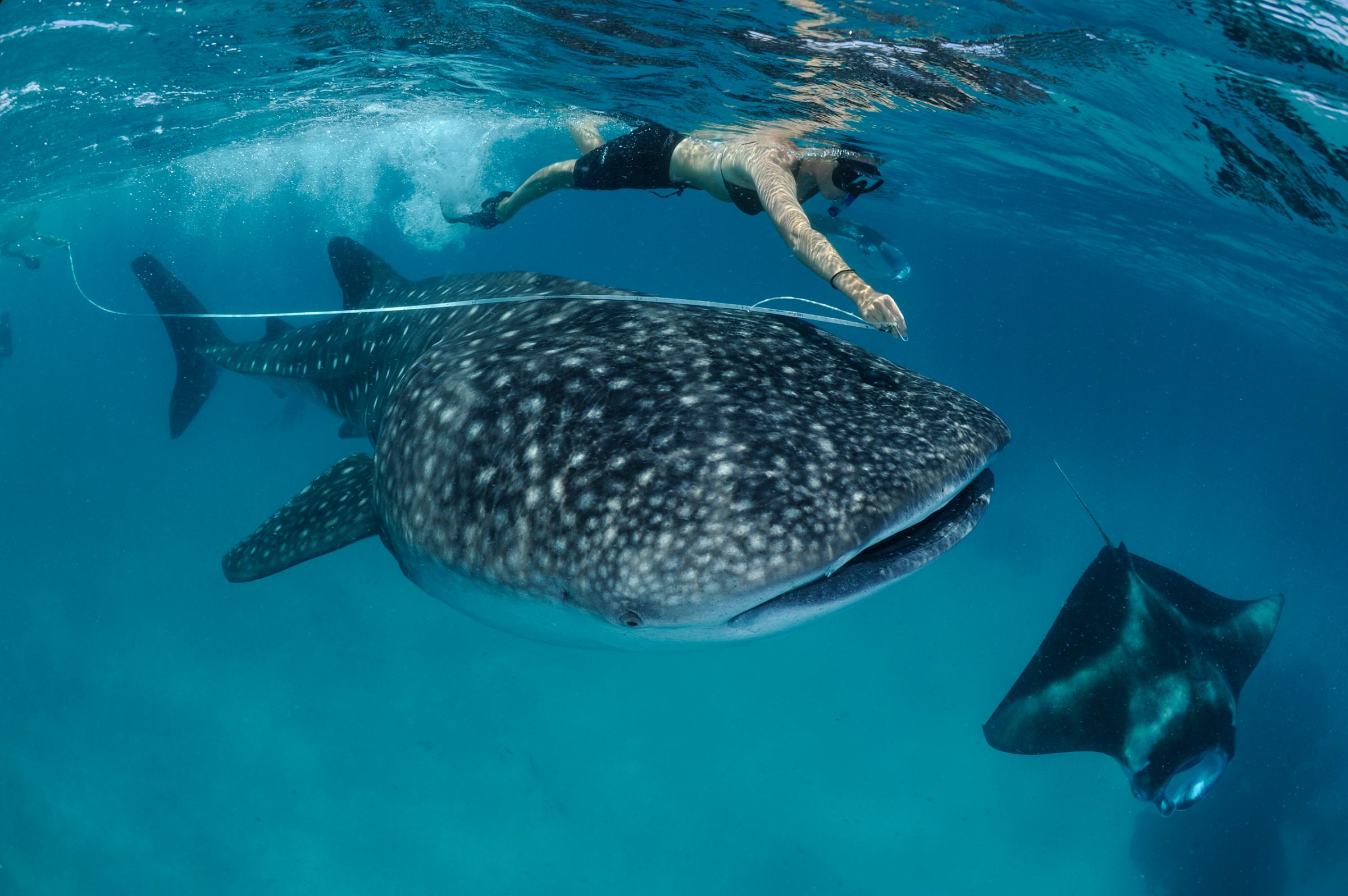
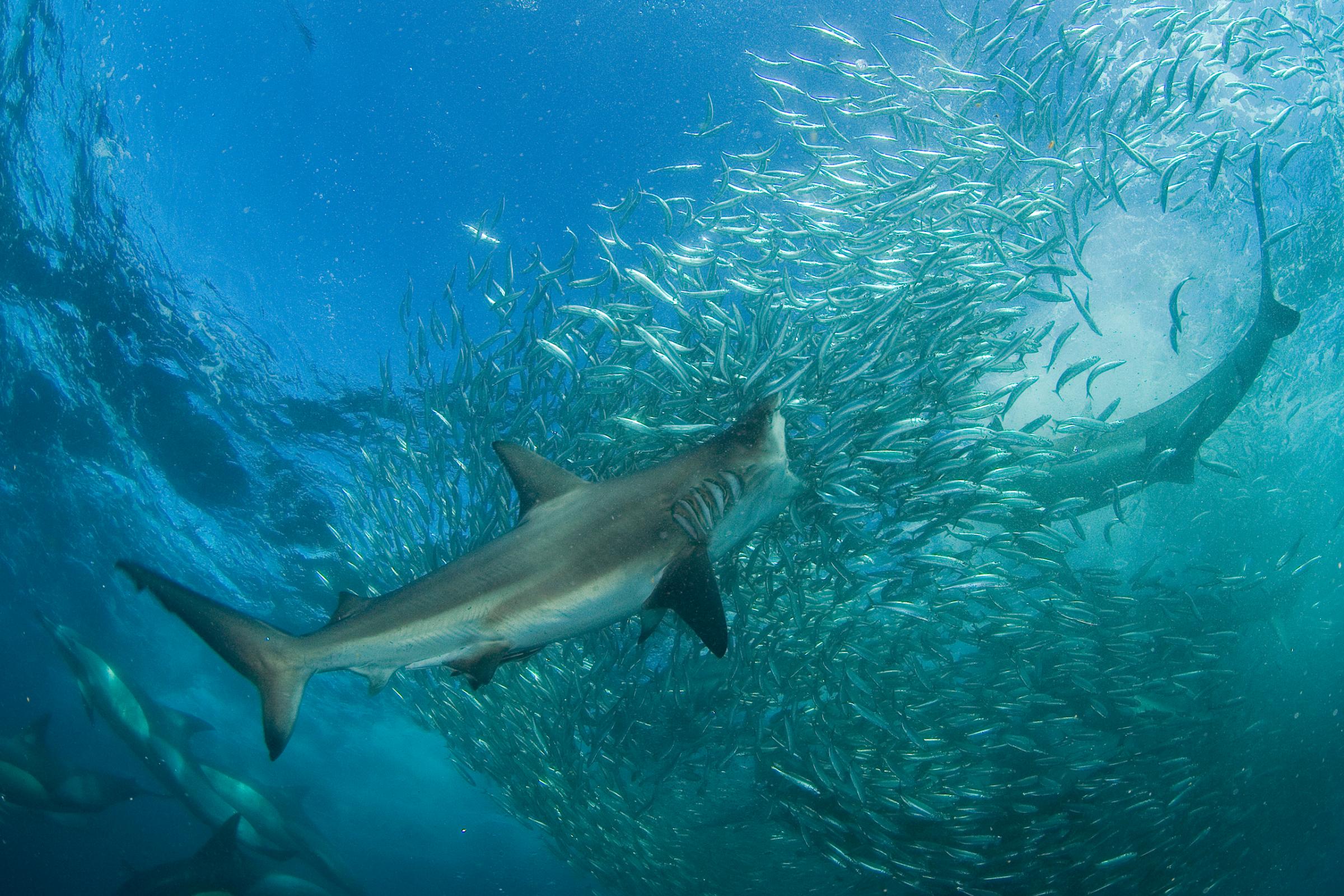
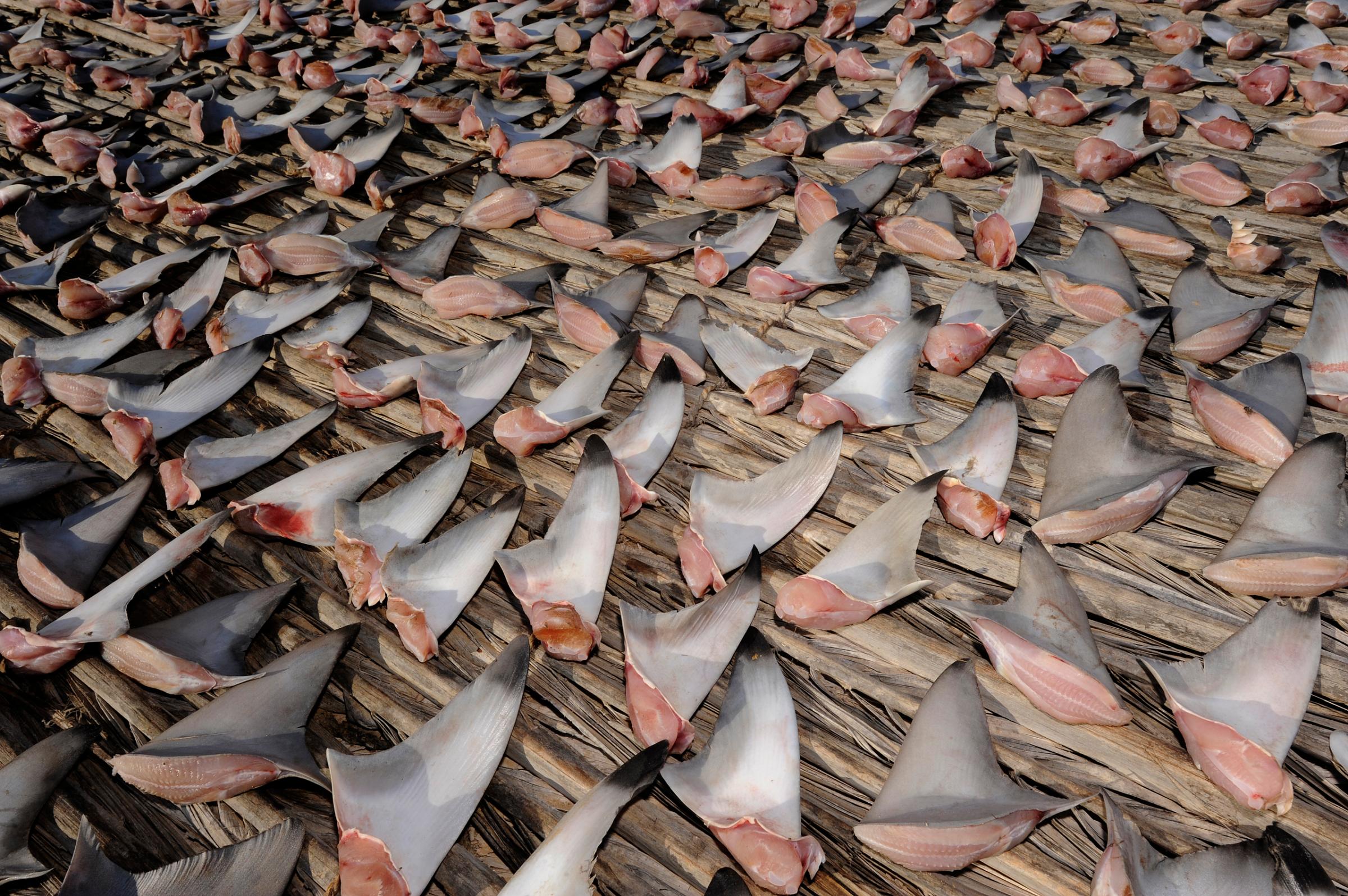
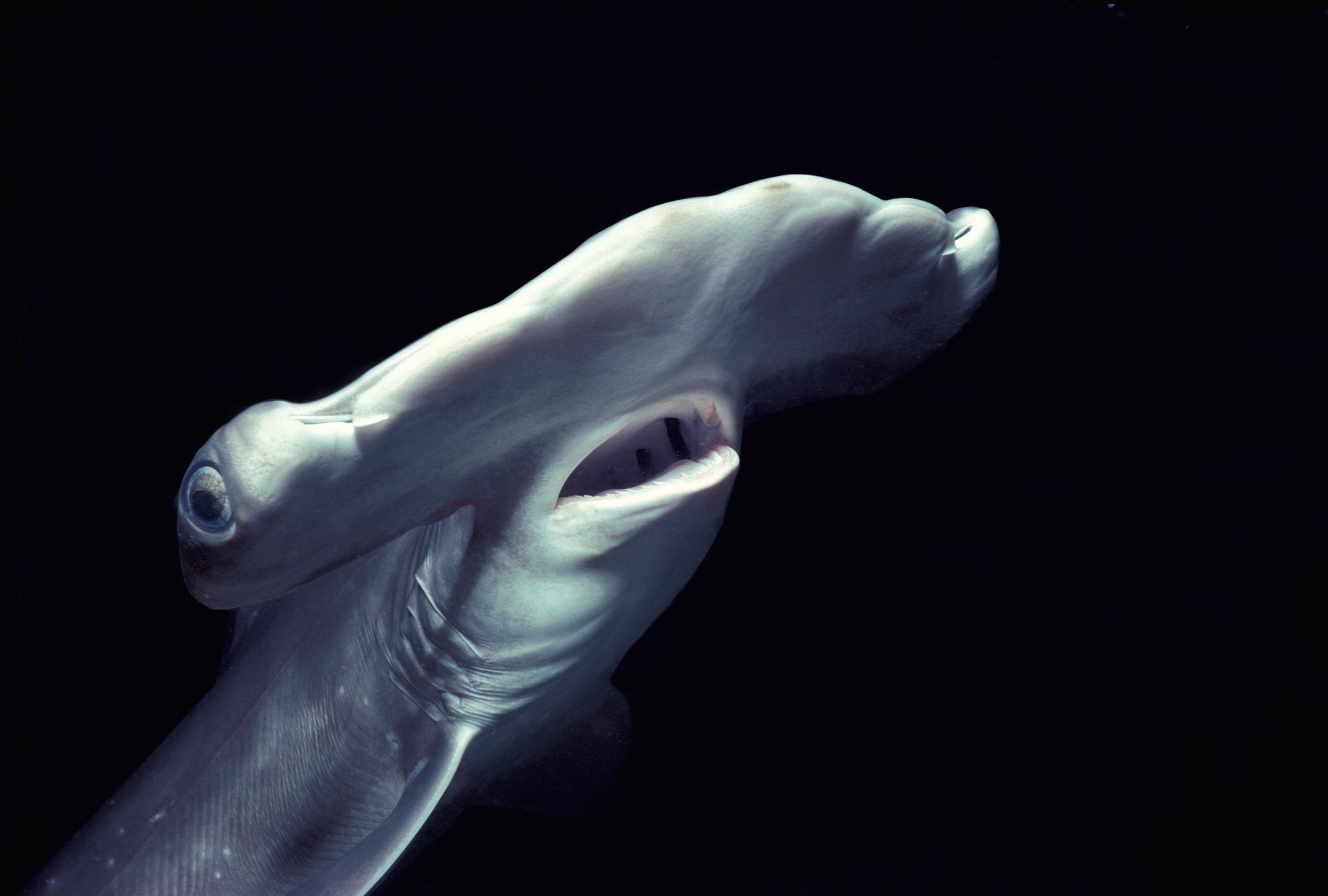
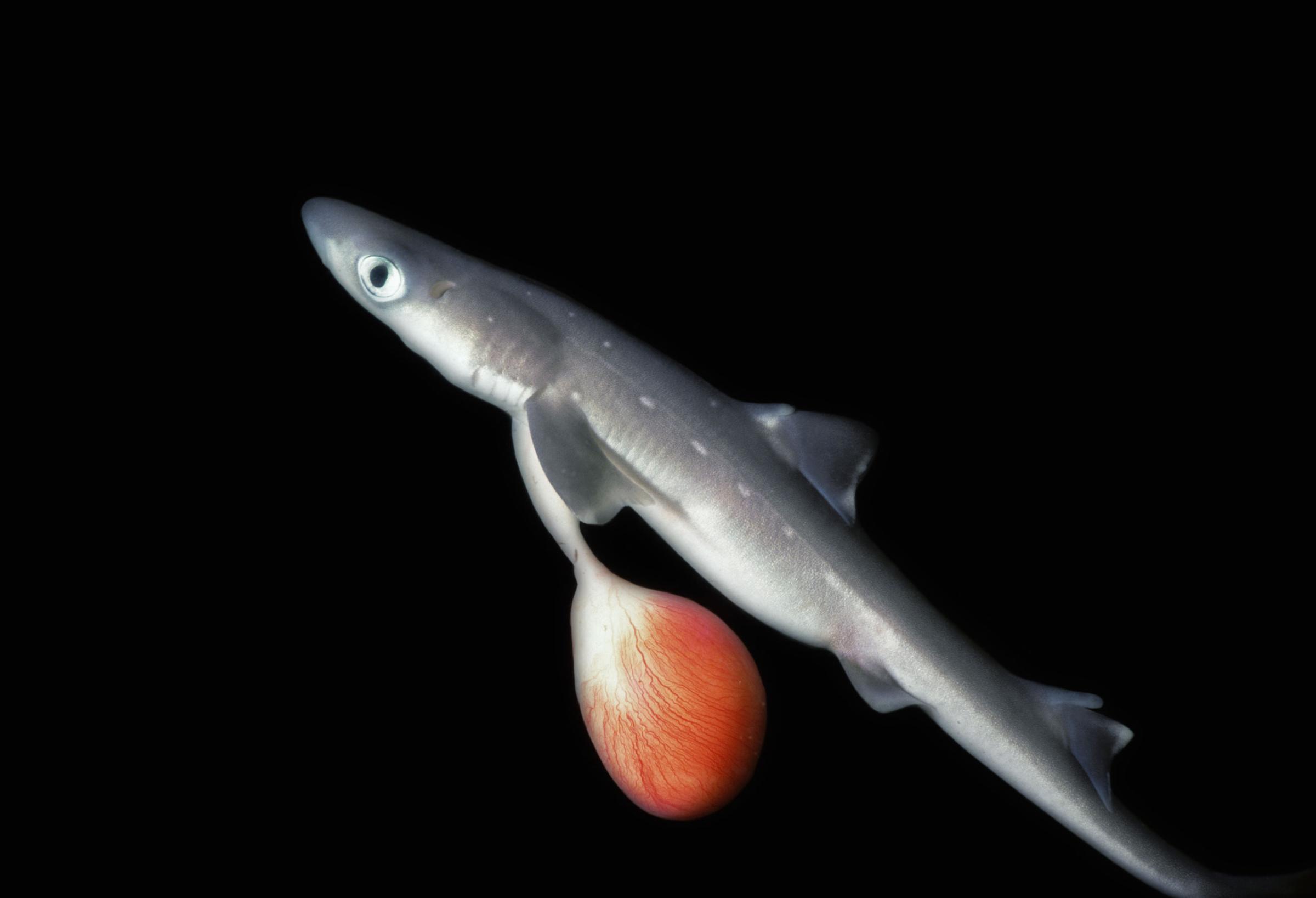
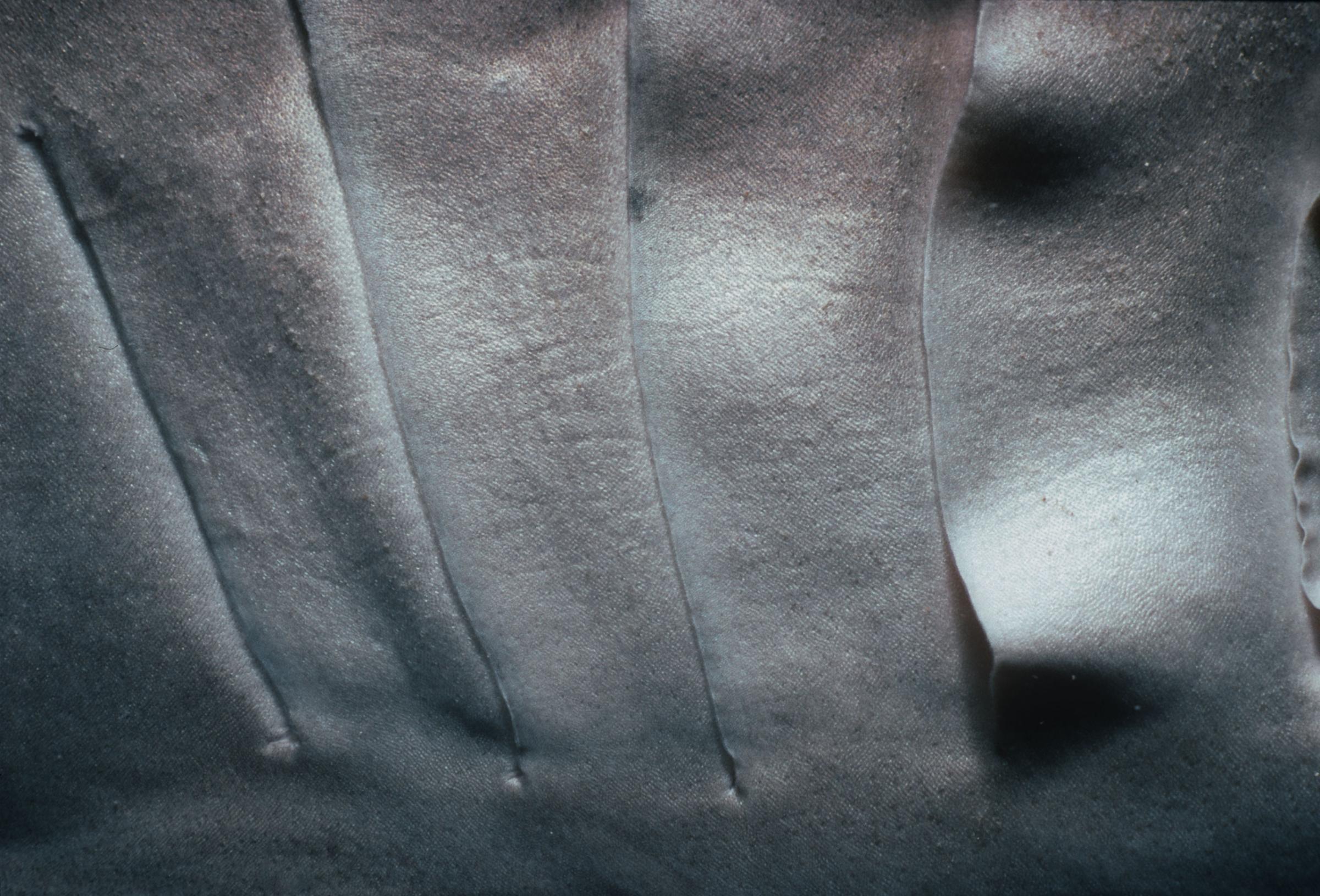
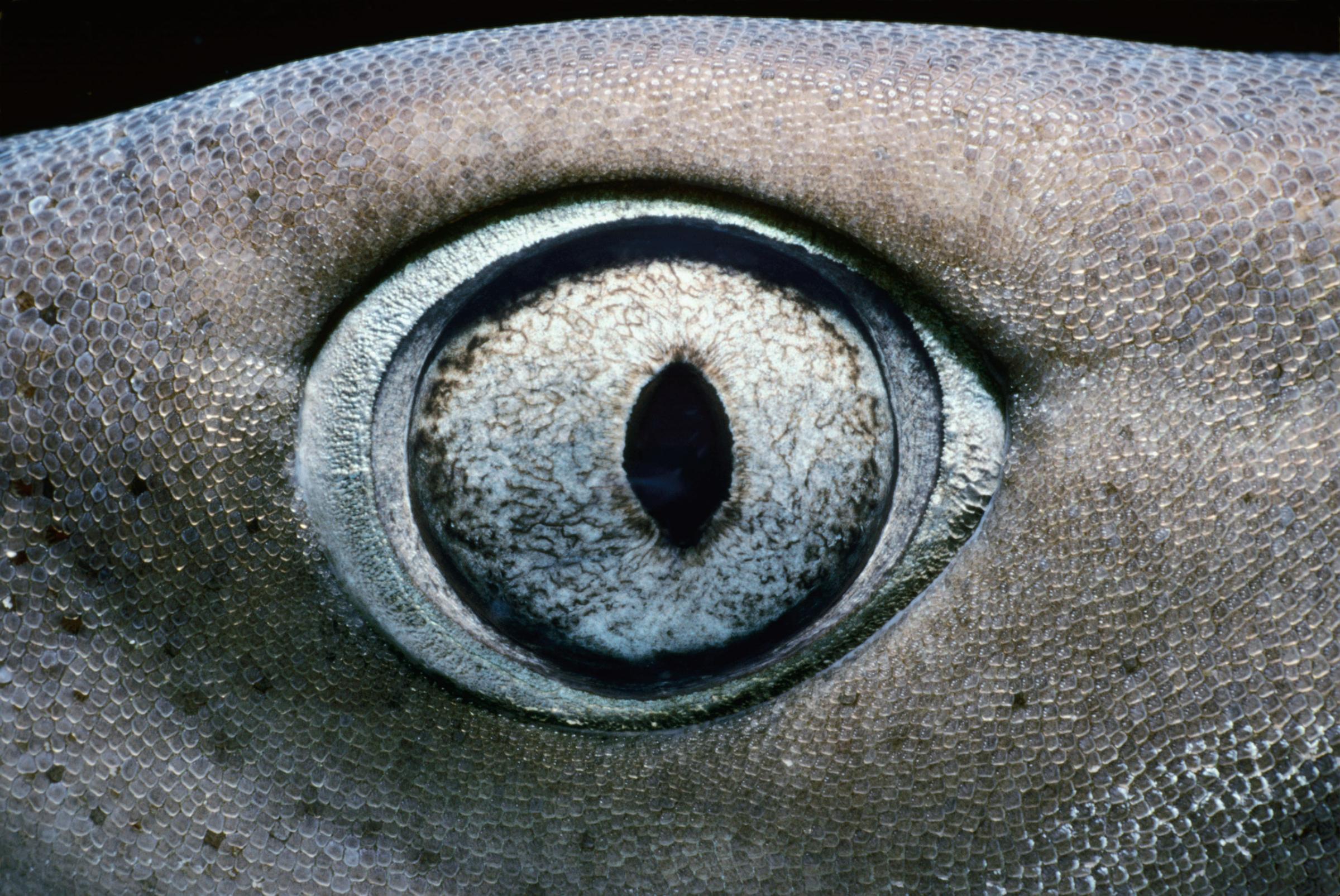
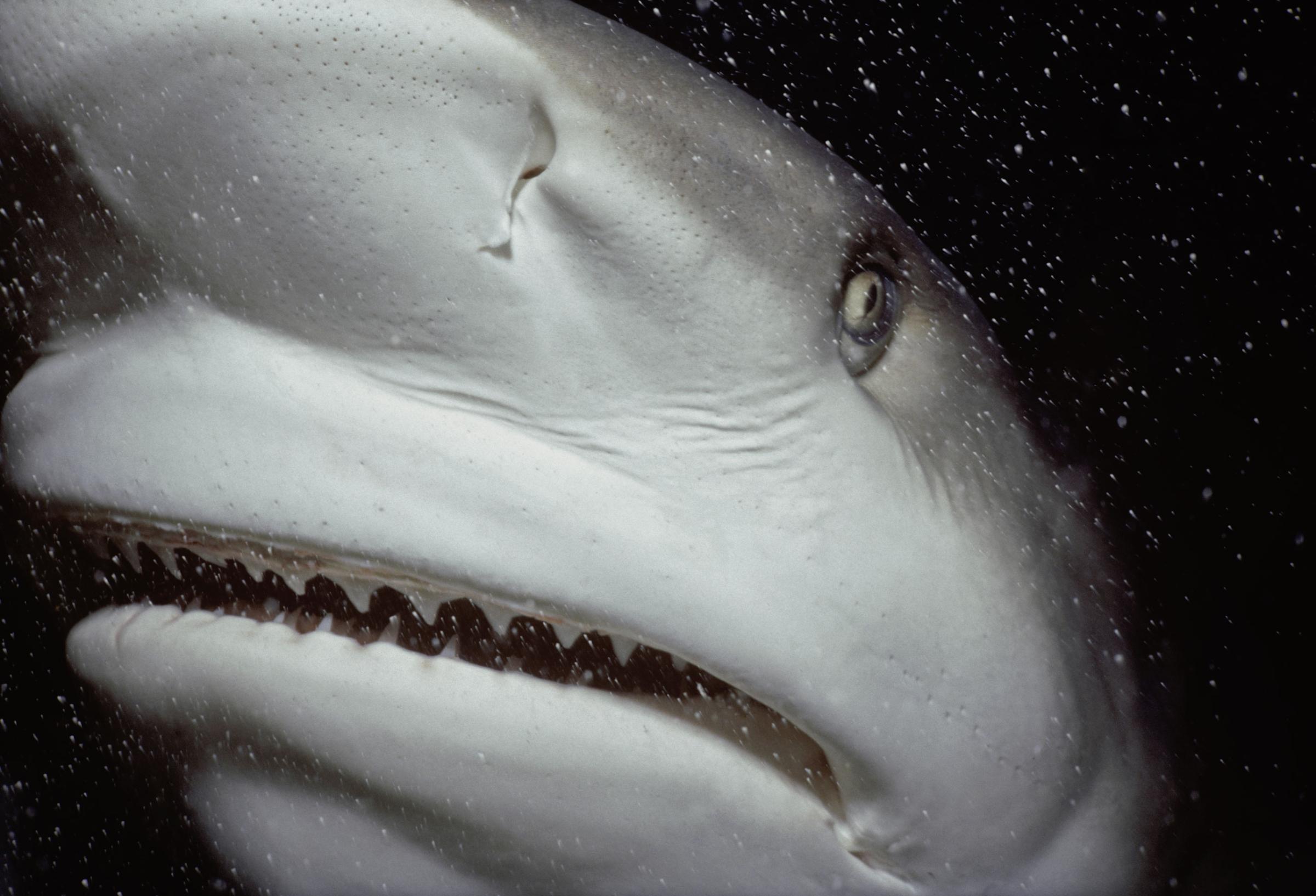
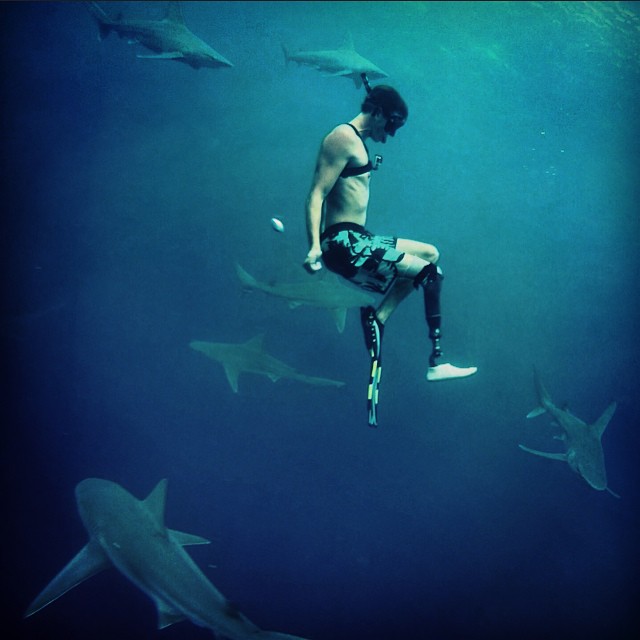
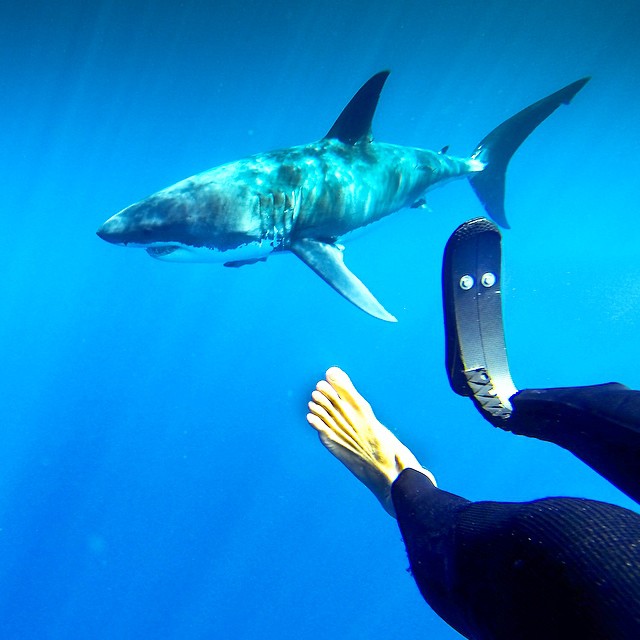
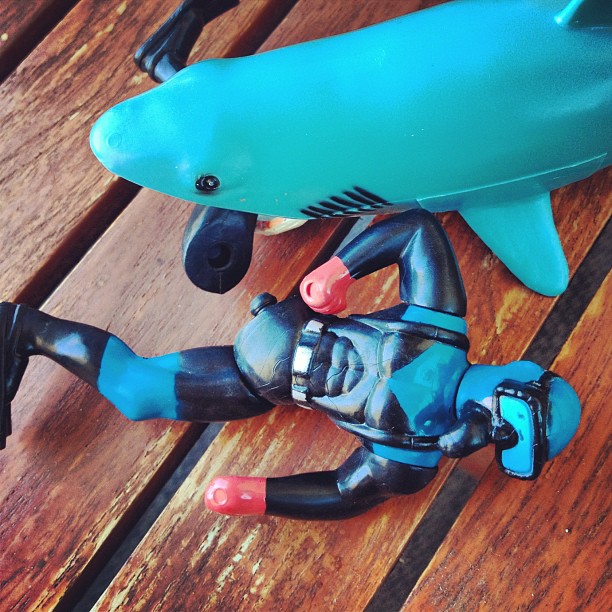
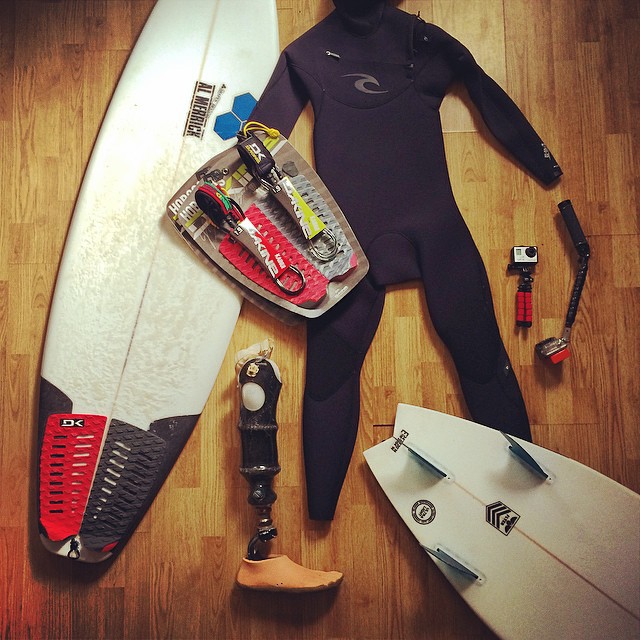
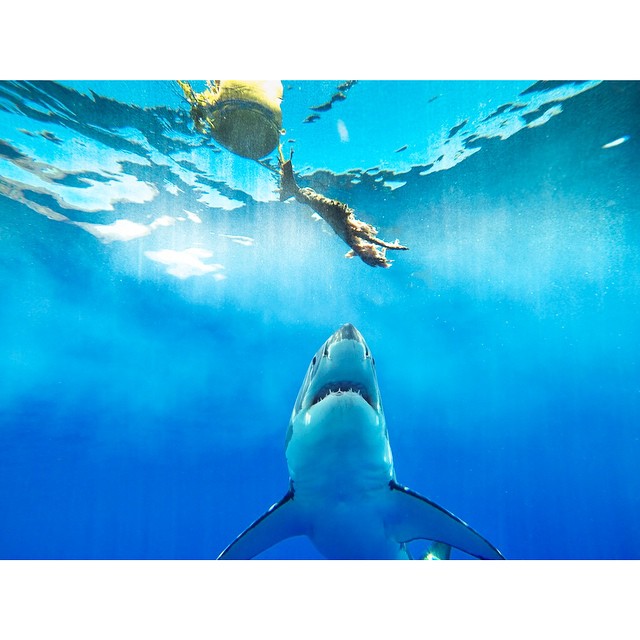
More Must-Reads from TIME
- L.A. Fires Show Reality of 1.5°C of Warming
- Behind the Scenes of The White Lotus Season Three
- How Trump 2.0 Is Already Sowing Confusion
- Bad Bunny On Heartbreak and New Album
- How to Get Better at Doing Things Alone
- We’re Lucky to Have Been Alive in the Age of David Lynch
- The Motivational Trick That Makes You Exercise Harder
- Column: All Those Presidential Pardons Give Mercy a Bad Name
Contact us at [email protected]